A/V Hub and Wiring
Michael_Nicole
12 years ago
Related Stories

DIY PROJECTSHide All Those Wires in a DIY Charging Station
Keep your gadgets handy and charged with a flexible storage board you can design yourself
Full Story
HOME TECHSave Your Decor — Hide Your Media Stuff
When you tuck boxes, wires and speakers into walls and ceilings, all you'll notice is your favorite shows or music
Full Story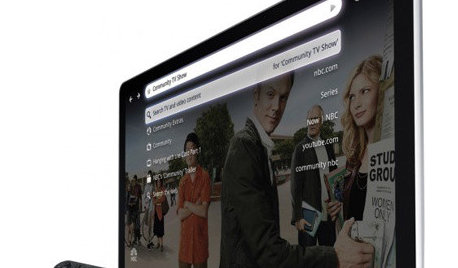
HOME TECHHow Smart TV Will Change Your Living Room
Get ready for the future of TV, in which your living room becomes a movie set, a communication hub and a gaming zone
Full Story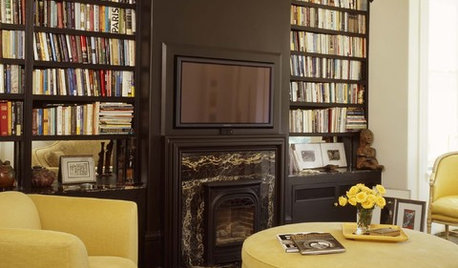
HOME TECHWell-Styled Electronics
Living the Wired Life? Here's How to Make All That Tech Look More at Home
Full Story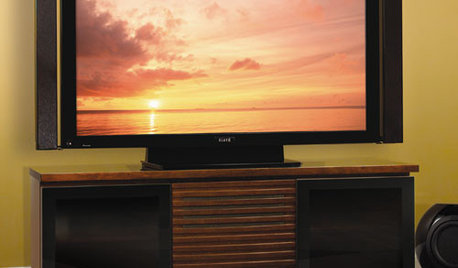
MEDIA ROOMSHome Tech: Making a Media Console Work
How to manage your TV and component's wires, ventilation and communication with the remote control
Full Story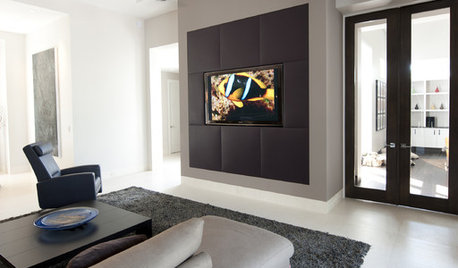
MORE ROOMSMedia Wall Hides the Television in Plain Sight
Award-winning media wall makes TV screen part of the design, hides the wires away
Full Story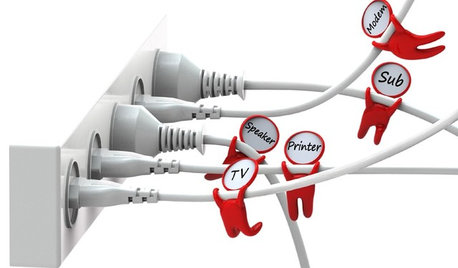
MORE ROOMSOn Trend: Smart Solutions for Cords
Show those cables and wires who's boss with these clever solutions for the home office
Full Story
LAUNDRY ROOMSRoom of the Day: The Laundry Room No One Wants to Leave
The Hardworking Home: Ocean views, vaulted ceilings and extensive counter and storage space make this hub a joy to work in
Full Story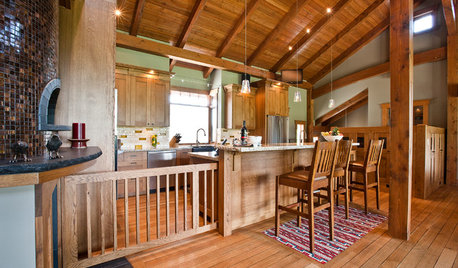
HEALTHY HOMEHow to Childproof Your Kitchen
Knives, cords and chemicals can be a recipe for disaster around babies. Here’s how to make your kitchen safer for kids
Full Story
DIY PROJECTSHow to Fix Up a Thrifted Lamp
Save money and earn DIY cred by rewiring and snazzing up a damaged lamp you scored on the cheap
Full Story








kurto
yosemitebill
Related Professionals
Ashburn General Contractors · Broadview Heights General Contractors · Easley General Contractors · Newburgh General Contractors · Pasadena General Contractors · Saginaw General Contractors · Stoughton General Contractors · Tamarac General Contractors · Uniondale General Contractors · Norton Solar Energy Systems · Syosset Solar Energy Systems · Alexandria Home Automation & Home Media · Farmington Home Automation & Home Media · San Fernando Home Automation & Home Media · Yeadon Home Automation & Home Mediabrickeyee
yosemitebill